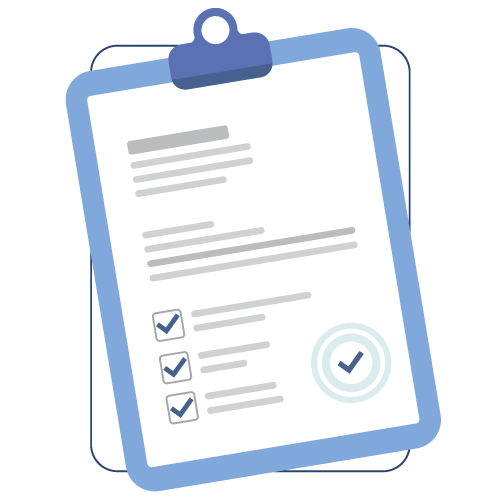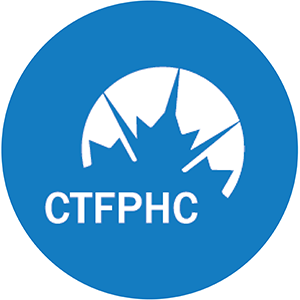
Public
People want reliable information on how to prevent disease and improve health. This is called preventive health and includes things such as screening for diseases like cancer and healthier living by quitting smoking. This section is for you!
Find science-based information and tools on quitting smoking, preventing tobacco use in youth, screening for diseases like breast, prostate and lung cancer, chlamydia and gonorrhea, thyroid dysfunction and more from the Canadian Task Force on Preventive Health Care.
 What is screening?
What is screening?
Checking for a disease when there are no symptoms. It is a test used when you feel fine and nothing is wrong.
 Screening is not
Screening is not
used when there are symptoms, like a breast lump or a problem urinating. Diagnostic tests are needed to find out what is causing the symptoms This is not screening.
Guidelines & Tools
Find infographics, frequently asked questions and more by topic below.
Breast cancer (update) – Draft recommendations
Depression During Pregnancy and the Postpartum Period



